The Weekly Anthropocene, January 29 2025
Solar overtakes coal in the European Union, a solar surge and new alt-protein investment in China, wildlife rescue in Brazil, the U.S. energy situation, wolf reintroduction in Colorado, and more!
European Union
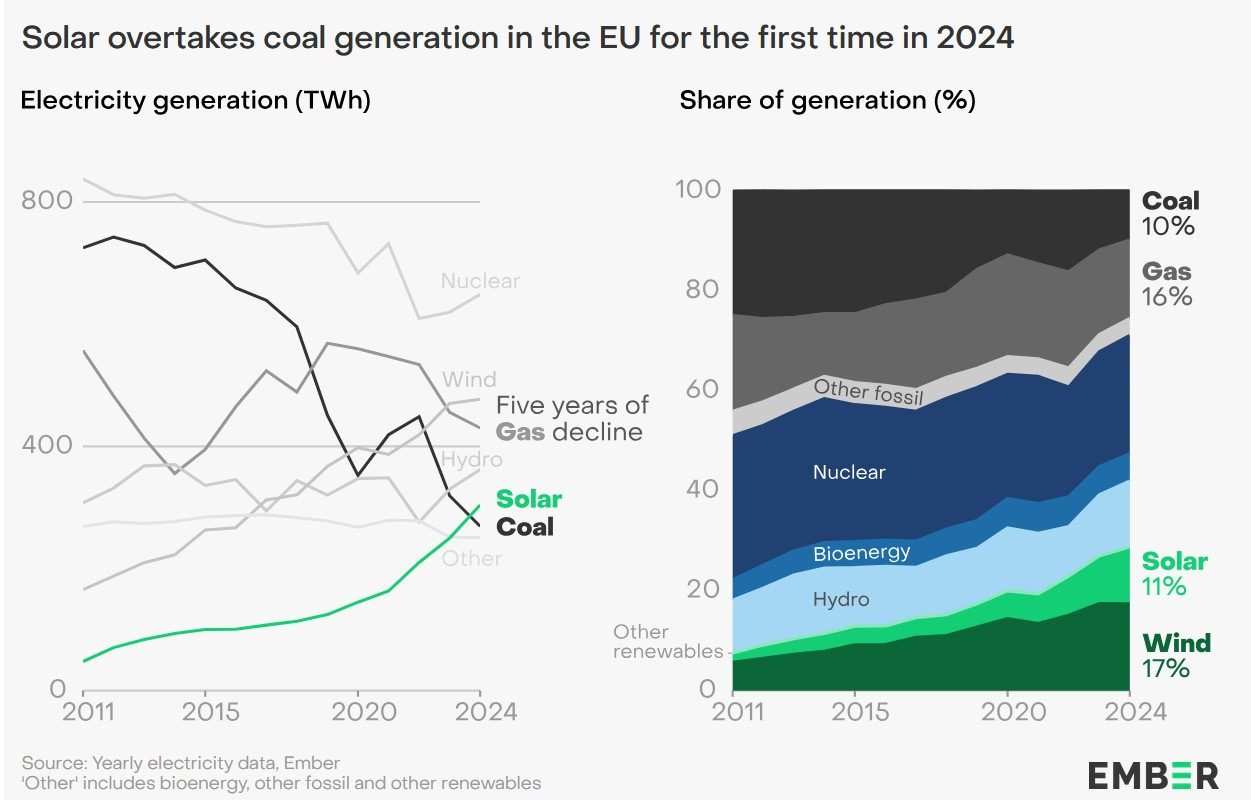
Think tank Ember has released its analysis of European Union electricity generation in 2024, and the news is spectacular. Five years after the European Green Deal of 2019, clean energy accelerates its surge. In the EU’s 27 nations, 2024 saw wind provide more electricity than fossil gas and solar provide more electricity than coal as all fossil fuel sources combined provided a record-low 29% of EU electricity. EU power section emissions have declined by more than half since their peak in 2007. In addition to climate and health benefits, this materially reduces the EU’s dependence on imported fossil fuels (with an estimated 59 billion euros’ worth of fossil fuel imports avoided since 2019 thanks to wind and solar!), bringing immense fiscal and national security benefits. Great work!
“The EU is striding closer towards a clean energy future powered by homegrown wind and solar.
This new energy system will reduce the bloc’s vulnerability to fossil price shocks, tackle the climate crisis and deliver affordable energy for its households and companies.”
— Dr. Beatrice Petrovich, Ember energy analyst
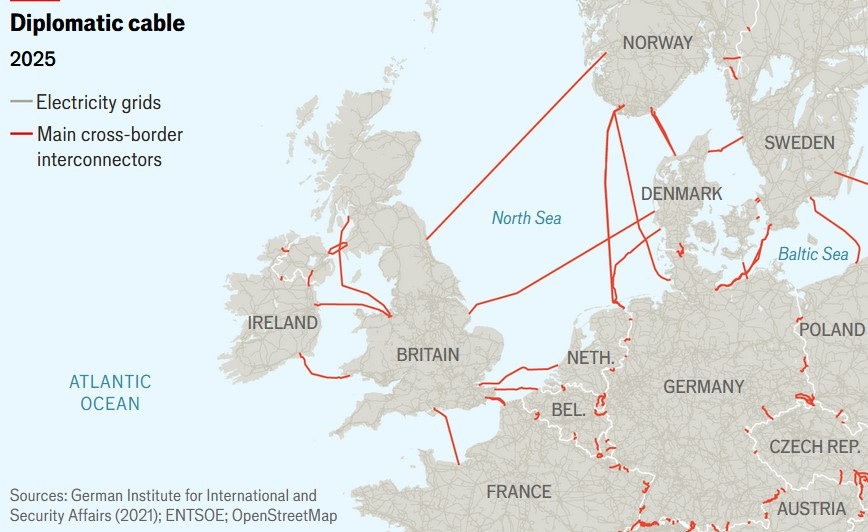
Europe continues to lead the way on cross-border electricity interconnection, which generally has clear economic benefits but often faces geopolitical hurdles. The World Grid is being built! Great work.
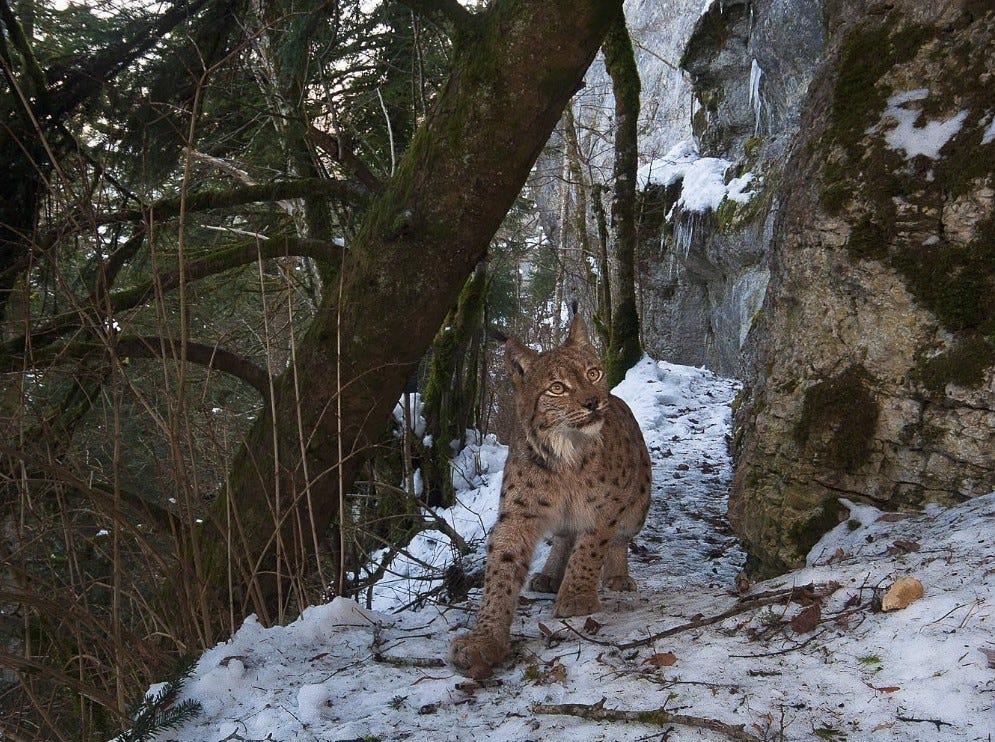
The Eurasian lynx (Lynx lynx) has made a triumphant return to the nations of Western Europe in recent decades. Since early reintroductions in the 1970s, the cats have recolonized much of the Alps, with one GPS-collared lynx found to have traveled over 80 kilometers around France and Switzerland. Across Europe, monitored Eurasian lynx populations are estimated to have risen by 524% from 1960 to 2016 — one of many great case studies from the epic rewilding of the continent!
An experimental linear solar farm is being built to shade the ViaRhôna bike path along the Rhône River in Caderousse, France. The Ophélia project is small at just 1 MW of capacity, but is pioneering an innovative new transmission system using high-voltage direct current to minimize losses from the longer distances between solar panels and electrical substations. It’s set to be operational by September 2025, and this should be just the beginning. The Compagnie Nationale du Rhone estimates that linear photovoltaics along French roads, rivers, railways, and bike paths could add nearly 35 GW (35,000 MW) of new capacity! Great work!
China
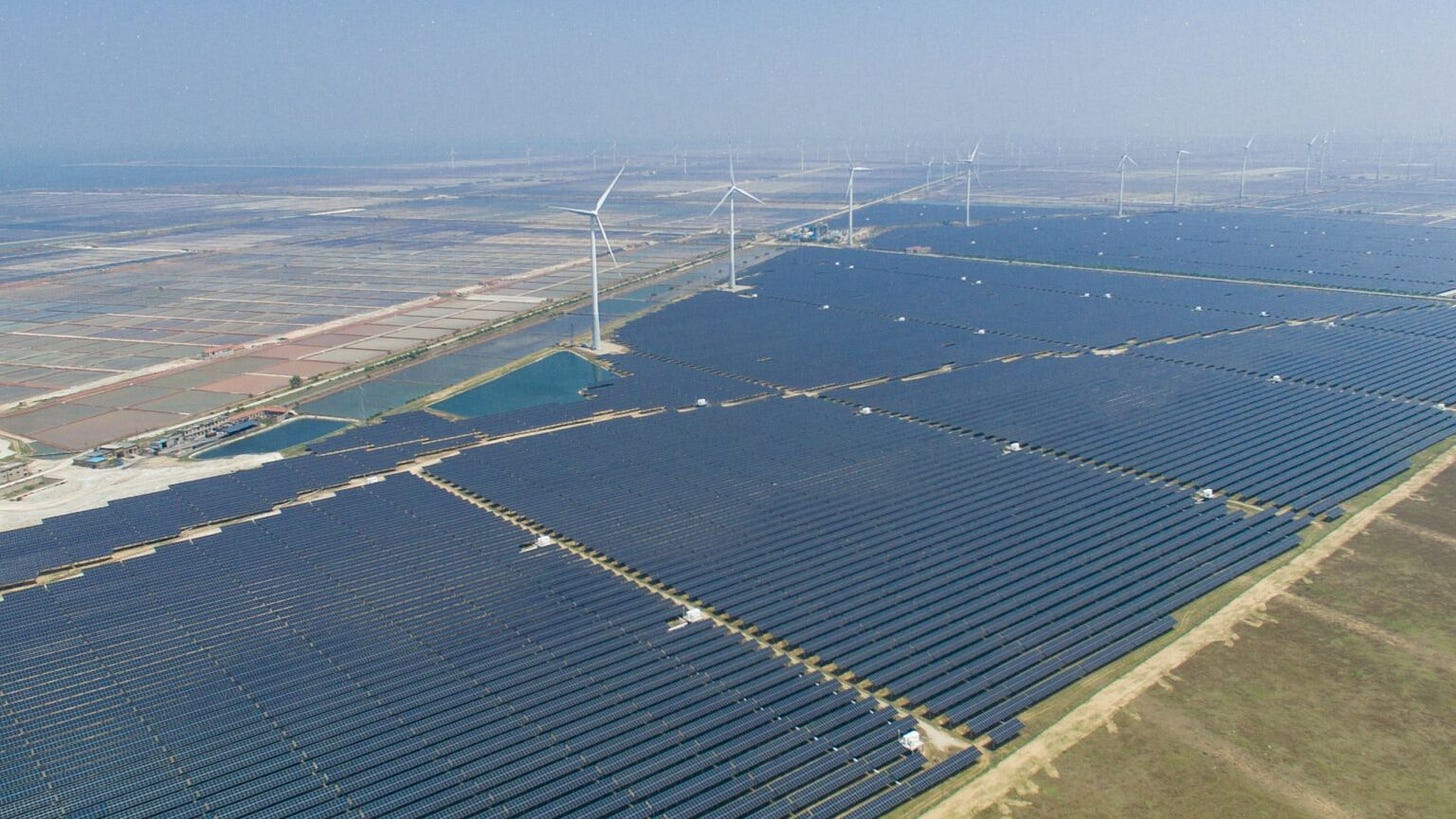
The largest-ever solar-plus-storage project in China (so far!) just switched on above a salt flat in Laizhou, Shandong province, with 1 GW (1,000 MW) of solar plus 200 MW of battery storage. The project has nearly 2 million solar panels that have been placed above salt-producing brine pools. In an interesting resonance with yield-increasing agrivoltaics, the presence of the solar panels is increasing salt production by speeding evaporation, while the presence of the pools reflects light back onto the double-sided solar panels, further increasing electricity propduction. A drone fleet conducts regular automated inspections across the Laizhou project’s 72 square kilometer area to rapidly detect anomalies and optimize maintenance. Superb work!
China installed 277.17 GW (277,170 MW) of new solar capacity in 2024, surpassing even highly optimistic forecasts and breaking its own world record yet again. That brings China’s total installed solar capacity up to 886.66 GW, with a truly striking 45.48% yearly growth rate. This epic surge continues to be absolutely world-changing!
The Chinese government reported that it has discovered what appears to be their country’s largest-ever deposit of rare earth elements at Honghe in Yunnan province. The renewables revolution won’t be running out of minerals anytime soon!
In the Fengtai District of Beijing, China has just opened its first-ever alternative protein research center1. The New Protein Food Science and Technology Innovation Base will focus on emerging technologies like no-kill cultivated clean meat and microbe-fermented proteins (like Finland’s Solein). The potential here is IMMENSE!
“One cannot overstate the significance of Asia’s largest economy putting cultivated meat and other novel ingredients at the centre of its national food strategy.
“Given that China’s earlier commitments to accelerating clean energy technologies are what ushered in a worldwide shift towards electric vehicles and solar power, China’s heavy involvement in the ‘future food’ sector has the potential to single-handedly drive down global production costs and turn niche products into mainstream staples.”
— Mirte Gosker, Good Food Institute
Singapore
The brilliant Wolbachia inoculation method of fighting agonizing mosquito-borne dengue fever (introducing mosquitoes carrying a bacteria that kills mosquitoes or outcompetes dengue virus within their bodies) continues to rack up successes around the world. Singapore is using AI to sort male and female Wolbachia-inoculated mosquitoes, then releasing only the non-biting males in order to maximize public support of the effort. Pilot trials saw the mosquito population drop by 80-90% in targeted neighborhoods, and the country hopes for Wolbachia-inoculated mosquitoes to reach 50% of households by 2026.
Singaporean startup Umami Bioworks has developed cell-cultivated caviar, made from sturgeon cells grown in a lab combined with plant-based ingredients.
Brazil
In the teeming metropolis of Rio de Janeiro, a rescue center called the Vida Livre Institute works to heal victims of the illegal wildlife trade. They’ve helped over 13,000 animals in their ten years existence (including armadillos, sloths, monkeys, boas, birds, and more), many of which are then released into the urban green space of the Rio de Janeiro Botanical Garden in a further example of human/wildlife coexistence in the cities of Anthropocene Earth. Spectacular work!
Wolbachia-inoculated mosquitoes are kicking butt in South America as well as Asia, with Brazilian cities like Niteroi that had seen early releases reporting dramatically lower dengue fever case numbers than the rest of the county in 2024. And the effort is set to scale up massively, with a new soon-operational facility in Curitiba set to produce 100 million Wolbachia-infected mosquito eggs per week. Brazil is among the nations standing at the forefront of accelerating efforts to eradicate this deadly mosquito-borne disease — and cut off its climate change-fueled spread. Great work!
United States
A new report has found that Americans bought 37% more heat pumps than gas furnaces in the first 11 months of 2024. That’s a record-high lead for heat pumps, up from a 21% difference in 2023. Right direction!
The Climate Brink has a great new article on U.S. grid economics, how renewable energy reduces electricity prices, and how fossil fuel interests try to prevent this.
The incoming presidential administration has issued a flurry of executive orders, often of dubious legality, that amount to a frankly imbecilic effort to kneecap America’s fast-growing clean energy industries2. (Which, remember, provided over 90% of all new electricity capacity built in the USA in 2024!). However, while actively harmful to the nation and deeply disappointing, the situation’s not as bad as seems3.
Freezing IRA-funded LPO cleantech loans (and some related funding) is a stupid and pointless bit of self-sabotage, but there’s a decent chance that the courts will overturn it as much of the funding was already legally obligated. Plus, this executive freeze only applies to project-specific loans; the core IRA tax credits that apply to all cleantech projects are still law and would require Congressional action to overturn.
The freeze on permitting new renewables projects on federal land is, again, incredibly disappointing and self-defeating, but it may not last. Large AI projects like Stargate, a favorite of the incoming administration, are already signaling that they want to use solar and batteries. Plus, most solar projects are already built on private land, and will continue to benefit from IRA tax credits barring Congressional action.
Executive attacks on the EV industry are essentially “theater” so far — the main IRA tax credits powering U.S. EV adoption, both incentivizing companies to make EVs and giving consumers a $7,500 tax credit to buy EVs, are still law and would require Congressional action to overturn.
Leaving the Paris Agreement is upsetting from a symbolic perspective, but may not make a big difference — clean energy economics, not international climate diplomacy, is now the major driver of emissions reductions.
The attempt to “end” new offshore wind development is another bit of pointless self-sabotage based on a personal vendetta and blatant lies. However, the nine offshore wind farms with federal permits already secured thanks to Biden (five of which are already under construction!) will likely get to finish their work: Dominion Energy has already reported that its 2.6 GW artificial reef off Virginia is still set for completion by 2026.
A robust domestic cleantech manufacturing industry has been built thanks to Biden (check out this excellent Noahpinion article on the subject), and it would likely be quite politically difficult to try to uproot the solar, battery, and EV factories that are already providing jobs and money to red states. We’ll see how this goes.
Fundamentally, none of this will change the fact that solar is the cheapest electricity source in history and getting cheaper every year. The current president can slow the American clean energy revolution, but not stop it — and the rest of the world will continue to surge ahead in the technologies of the future.

In October 2024, Lockheed Martin and firetech startup Rain successfully demonstrated a large drone helicopter’s ability to fully autonomously find, assess, target, and drop water to extinguish wildfires — allowing rapid intervention in turbulent and smoky conditions that are too dangerous for human pilots to go near. Now, a bill has been introduced to the state legislature of fire-stricken California that would use this technology to create the nation’s first governmental autonomous firefighting program. This is exactly the kind of tech and policy we need for climate resilience in the tumultuous Anthropocene. Spectacular work!
The bipartisan Fix Our Forests Act has passed the U.S. House and moved on to the Senate! This bill is an actively good piece of policy4 that will empower the Forest Service to conduct the Indigenous-inspired land management techniques (e.g. controlled burns) we need for climate resilience in the Anthropocene. For more detail, here’s a Climate Action Now article I wrote about this bill during the previous legislative session.
In January 2025, the U.S. Geological Survey published the first-ever map of the probability of finding natural geologic hydrogen deposits across America.
Also known as “clean,” “white” or “gold5” hydrogen, this can be drilled for and burned like oil — but with no carbon emissions. A potential second emerging “clean drilling” energy source to join enhanced geothermal!
A new study has found that the urban coyotes of Chicago appear to live longer in areas with higher human population density. Fascinating!
In January 2025, the state of Colorado reintroduced fifteen more gray wolves, transported from the Canadian province of British Columbia to the American Rockies. Coloradan voters approved a referendum question to reintroduce wolves to their state in 2020. Another rewilding success story in progress: great work!
Hat tip to
and his brilliant Substack at Better Bioeconomy for bringing this to my attention! It’s a newsletter entirely focused on epic food progress.Also a freeze on lots of other federal spending. The abrupt halt to U.S. foreign aid is particularly atrocious and cruel, senselessly harming the world’s most vulnerable people for no reason at all, and in a just world would be sufficient grounds for immediate impeachment and removal.
Admittedly, this is kind of glass-half-full in the sense of “we decided to intentionally shoot our own feet off, but at least we have our arms,” but it’s still worth underscoring that even in this dark time for U.S. politics, much of the hard-won renewable energy progress of the Biden Administration will likely survive.
I'm disappointed that many environmental groups are opposing the Fix Our Forests Act, seemingly just because it’s a bipartisan effort with many Republicans supporting it. It’s understandable given the broader political context, but we need to seize any opportunity for meaningful policy progress that we can get: don’t let yourselves be negatively polarized into becoming a green-flavored NIMBY alliance that actually harms climate action and resilience!
To be clear, all actual physical hydrogen is colorless, the colors are a confusing mnemonic system to keep track of origin that everyone seems to have agreed on using for some reason.

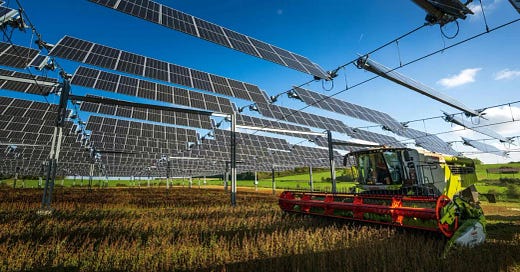



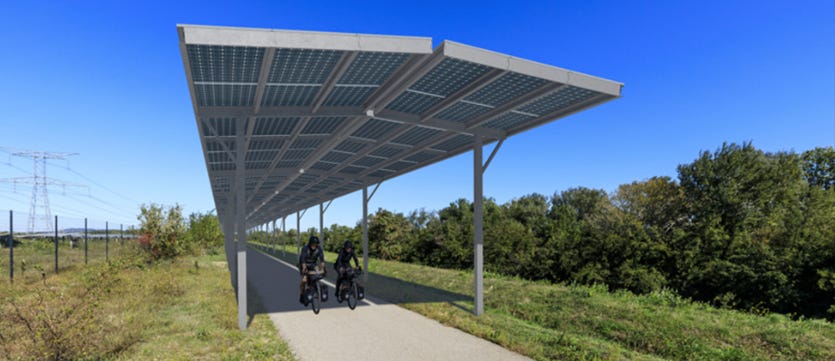
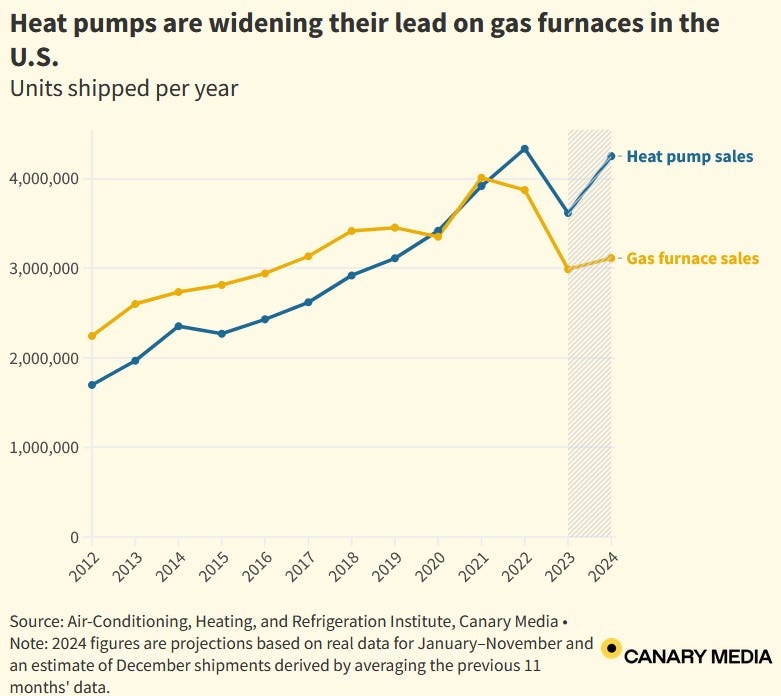



I count on you for a lift though once again I am embarrassed by my retrograde nation. I should be used to it by now. Just seems a little more in-your-face than usual. Thanks.
Thank you, Sam, for the shoutout!
This is a massive step forward for the future of food. China’s influence on global markets means that scaling cultivated meat and fermentation-based proteins could happen faster and more affordably than before. If China applies the same strategic focus here as it did with renewable energy, we might see a tipping point where alternative proteins become mainstream.